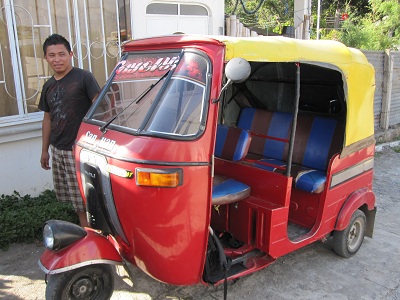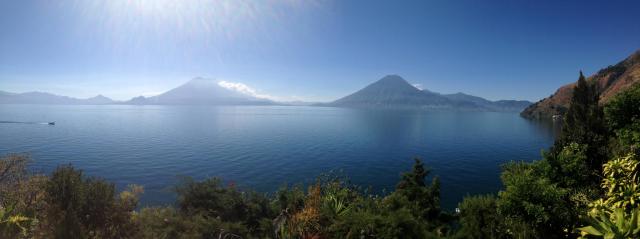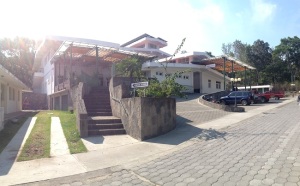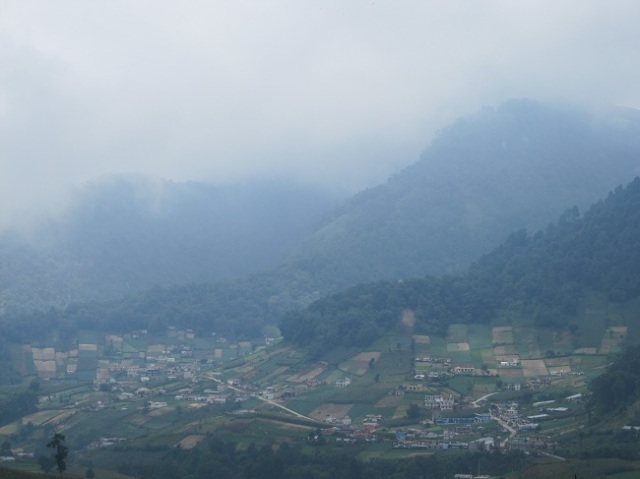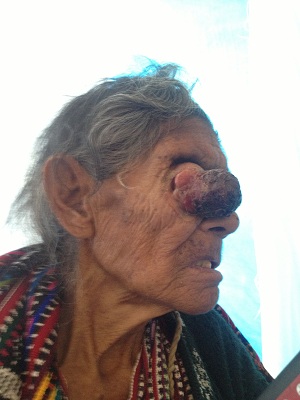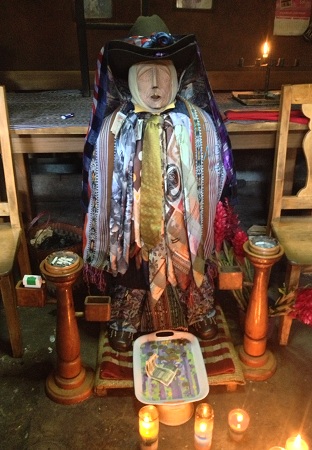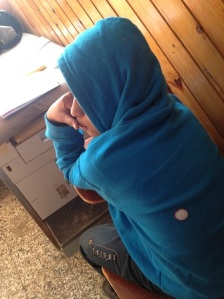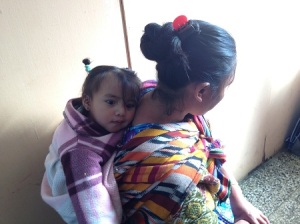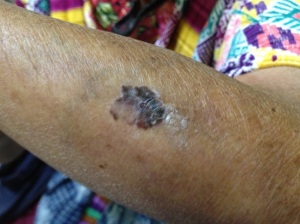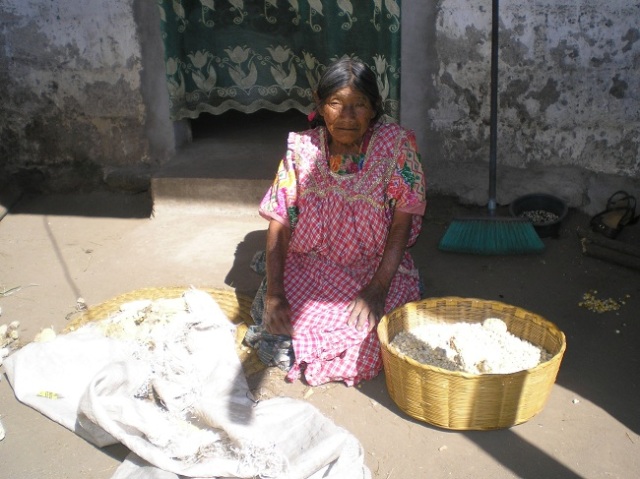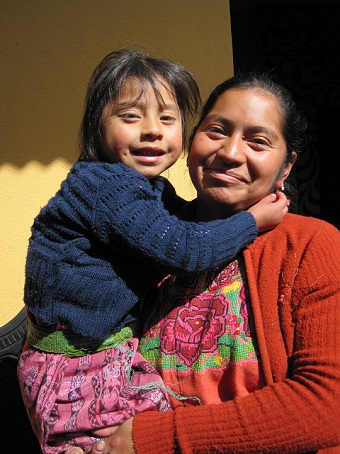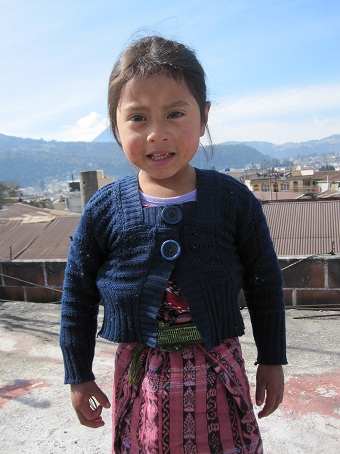5 April 2013
One afternoon in clinic I asked the supervising physician, a long-term foreign volunteer, to see my patient so that he could finally sign off on her and she could go home. I urged him to hurry. The patient had arrived in the morning and told me that she’d come from “far away”. It did take a while for the lab to send down the results of the tests I’d asked for, but still I felt that the physician was prioritizing his patients and not mine.
He glanced at her chart then scolded me for rushing him.
“She lives in San Lucas Toliman. That’s close by. Most of our nurses commute from there.”
While waiting for him I checked Google maps. San Lucas Toliman is no more than 10 miles away from Santiago, where Hospitalito Atitlan is located. Ok, fine, that’s not far. But I was new to the area. I didn’t he should have been so harsh.
—
A few days later I was on call with David, a different doctor, and like me a short-term foreign volunteer. At about 3pm two-year-old Abigail arrived, brought to the Emergency Room by her parents. She had been having mild diarrhea and vomiting for a day.
In children with diarrheal illnesses, the most important thing is to make sure they stay hydrated. If they can tolerate liquids orally, that is drink enough to meet their daily fluid requirements as well as replace what they lose in diarrhea and vomit, they do not need to be in the hospital. Most of these illnesses are self-limited and pass on their own. If the child can drink, they can drink and recover at home.
Our plan for Abigail, who appeared well, was to watch her for a few hours and make sure that she could drink enough liquids. We gave her parents a bottle of pedialyte, a syringe, and instructions that she should get at least 10mL for every 15 minutes.
It was a difficult shift. Crisis after crisis kept Abigail from the forefront of our minds for several hours. Finally, at 7pm, we checked in on her. Her parents had successfully followed our instructions. We told them that they could go home, where they should continue the same regimen with the addition of a cup of fluid for each diarrhea.
“Pero no podemos.” But we can’t. “It’s too late. There’s no transportation.”
The public transportation to go between towns is pickup trucks, the beds outfitted with a cage-like structure with bars that you can hold onto as you stand up in the back. To go within a town, instead of taxis, there are autorickshaws or tuk tuks. Small, red vehicles that feel like someone stuck a cab and an extra wheel onto a motorcycle.
The family lived in a small community called Cerro de Oro, which is even closer to Santiago than San Lucas Toliman. They had taken a pickup to get to the hospital. Which apparently stop running at about 6-6:30 in the evening.
Crap. Well that would have been good to know. I wish they had mentioned that in the new volunteer orientation.
We had limited options. The family couldn’t stay the night in the ER; the nurses would get upset. We could admit Abigail, but that was going to cost money that the family didn’t want to spend if they didn’t have to. And they really wanted to go home.
“Querrían tomar un tuk tuk?” Would you be willing to take a tuk tuk, I asked. The tuk tuks stop running at 10pm.
“Sí, pero pienso que no se puede.” Yes, but I don’t think it can be done. “The Santiago tuk tuks aren’t permitted to go to Cerro de Oro and vice versa.”
You’ve got to be kidding me, I thought. But it occurred to me that anything can be done for a price.
The phone number of a tuk tuk driver, Diego, was programmed into my cell phone. David and I called him to see what he would charge.
“Ay, la cosa es que con mucho gusto yo llevaría la familia a Cerro. Pero no es permisible. Lo siento.” The thing is I would gladly take the family to Cerro. But it’s not allowed. I’m sorry.
We were shocked. It was the first time in Guatemala that we were told flat-out no. Based on our experience, we expected that Diego would at least start by stating a high price.
“Here, Nicki,” said David. “I have a number for Gaspar. He drives the only black tuk tuk in town. Maybe he’ll take them.”
“Based on the fact that he drives a black tuk tuk instead of a red one?”
“Hey, he’s a rebel.”
I called Gaspar. He was willing to take the family for 40 Quetzales or about USD $5.
He arrived surprisingly fast. So fast that the family wasn’t ready to leave yet, as the nurses were still finalizing their paperwork. After several minutes driver of the black tuk tuk was starting to get antsy. This worried me and David. We personally decided to give him an extra 20 Quetzales, under the table, to make sure that he stuck around. And because we felt guilty since it was our fault the family had missed the last pickup.
—
It’s a doctor’s business to understand the barriers, physical and otherwise, to healthcare for his or her patients. The situation in which the patient lives, how far away they live, and what transportation is available, definitely count.
In my opinion a town is absolutely far away from a hospital if you stop being able to get home, or to the hospital, after 6pm.

